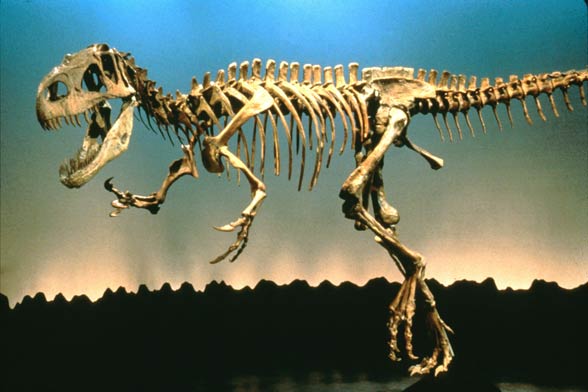Afrovenator (Afrovenator abakensis)
African hunter from Abaka
Although it is known thanks to an almost complete skeleton fossil, its origin is still unclear. Paleontologists hope they will be able to recover more Afrovenator bones, which will positively dispel any doubts they are still having. However, one thing is known for a fact – its physique indicates that this African theropod was really fast. In this article, you will learn about the ‘African hunter from Abaka’.
Classification
- Kingdom: Animalia
- Phylum: Chordata
- Clade: Dinosauria
- Order: Saurischia
- Suborder: Theropoda
- Family: †Megalosauridae
- Subfamily: †Afrovenatorinae
- Genus: †Afrovenator
- Species: † Afrovenator abakensis
Dating
This dinosaur was first discovered in 1993 in the Agadez Region (northern Niger). Its fossilized remains were found in the Tiouranen geological formation. Shortly after the discovery, this theropod was supposed to have lived in the Early Cretaceous, about 136 – 125 million years ago.
Repeated examination of the residue in which the Afrovenator fossils were found, revealed that it lived in the Middle Jurassic, 167 – 161 million years ago.

Characteristics
Afrovenator known from a single skeleton was about 8 meters (26 ft) long from the head to the tail, with its weight hitting 1000 kg (2200 lb). Its overall physique was relatively delicate, its shanks and forelimbs were visibly elongated. Its jaws were long, zygomatic bones were short and deep, whereas the lacrimal bone transformed into a distinctive horn. As a result, Afrovenator was superficially very similar to many other theropods.
In the Jurassic, the theropods were not very diversified, yet the Afrovenator jumped off the page with its long humeri, measuring about 40 cm. Apparently, considering all aspects of its physique, Afrovenator was perfectly built for running at high speeds. It was relatively light, considering its size, so it could catch an escaping target. It is also possible that it could hunt for sauropods such as Jobaria, yet there is no hard evidence for such a state of matters.

Classification problems
From the point of discovery, many classification problems emerged. Paleontologists assigned Afrovenator to various groups of theropods, including Allosaurs, Dubreuillosaurs, Eustreptospondyls or even the mighty Spinosaurus.
The main problem with classification is the poor fossil material – the species description is based on a single skeleton find. Finding more Afrovenator remains would surely help define the classification more precisely. Today we assume it belonged to the Megalosauridae family.

Detailed characteristic / size
Afrovenator (Afrovenator abakensis)
- Body length from snout to tail: 7-9 m (25.9-29.5 ft)
- Weight: 1-2 tons (2,204.6-4,409 lb)
- Teeth: 5 cm (1.9 in)
- Dating: 167-161 million years ago
- Period: Jurassic
- Epoch: Middle Jurassic
- Age: Bathonian – Oxfordian
- Areas of occurrence: North Africa plains (Niger)

Afrovenator – interesting facts
- The name of the genus is a combination of Latin afer (African) and venator (hunter), whereas the name of the species relates to the place where the theropod remains were found – Agadez Region, which is called Abaka by the Touareg.
- The skeleton of Afrovenator is one of the best-preserved and most complete skeletons among known theropods.

Recommended
- Animals & dinosaurs records
- The fastest animals – Top 100
- The fastest birds – Top 10
- The heaviest dinosaurs – Top 10
- The longest dinosaurs. Sauropods Top 10
- The longest predatory dinosaurs. Theropods Top 10
- The longest and largest ornithopods
- The longest and largest ceratopsians














